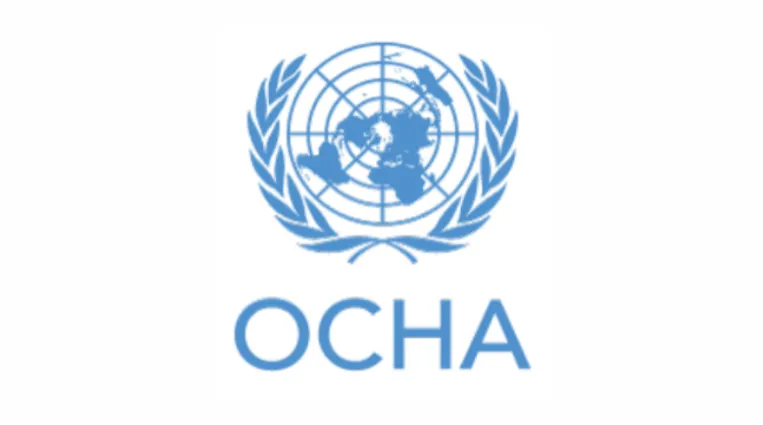Highlights
• Fighting between the MAF and Ethnic Armed Organizations (EAOs) and local People’s Defence Forces (PDFs) has intensified in Kayah and Kayin states since December 2021.
• In Kayah State, increased fighting has been seen in Loikaw, Demoso Hpruso, and Shadaw townships. In Kayin, the escalation initially started in Lay Kay Kaw in Myawaddy Township and has since spread to Kawkareik, Hpapun and Hpa-An townships.
• More than half the population of Loikaw township has been internally displaced. People who have fled their homes have sought refuge in community centers, host communities or the jungle.
• Several humanitarian organisations have been forced to temporarily suspend operations in parts of the southeast due to the security situation.
• As of 3 January, 162,000 people from Kayah and Kayin states, including women and children, remain displaced after fleeing their homes since May 2021.
• To date, 654 houses and other civilian properties, including churches, monasteries, and schools, have reportedly been burnt down or destroyed in Kayah State since May 2021.
Situation Overview
The humanitarian and security situation in southeast Myanmar has deteriorated during the past few weeks, especially in Kayah and Kayin states, following heavy ting between the MAF and EAOs as well as local PDFs including the use of airstrikes by fighter jets and attacks from helicopters. A heavy military presence and increased military checkpoints have been reported and search and arrest operations have been conducted.
Since early January 2022, fighting has been escalating in Loikaw, Demoso, and Shadaw townships in Kayah State, forcing thousands of people to flee their homes and seek refuge in community centers, host communities or the jungle. More than half the population of Loikaw township has reportedly since been displaced. Of those who have fled, 5,000 people reportedly sought refuge in Taunggyi township in southern Shan State. Secondary displacement was also reported in Demoso township and more than 1,000 people from this group reportedly crossed the border into Mae Hong Son,Thailand.
In December 2021, Kayah State recorded one of the highest single-day casualty figures following in an incident that occurred in Hpruso township, where at least 35 civilians, including four children and two humanitarian workers, were burnt and killed.
The Emergency Relief Coordinator, Martin Griffiths, expressed his horror over the incident in a statement where he called on “the Myanmar Armed Forces and all armed groups in Myanmar to take all measures to protect civilians from harm.” Ongoing armed clashes have also resulted in destruction of civilian properties across Kayah State. Since May 2021, 654 houses and other civilian properties, including churches, monasteries, and schools, have reportedly been burnt down or destroyed.
In Kayin State, fighting has been escalating since mid-December 2021, following the arrest of pro-democracy activists, including former member of parliament. The fighting started in Lay Kay Kaw in Myawaddy Township and spread to Kawkareik, Hpapun and Hpa-An townships. Heavy shelling and airstrikes have been reported, and roadblocks were erected in these areas. More than 22,000 people were reportedly displaced from Lay Kay Kaw, with more than 8,600 crossing the border into Tak, Thailand. Of those, several thousand people have returned and are currently residing in informal displacement sites within Myanmar while just about 2,800 people remain in Thailand.
Overall, as of 10 January 2021, 181,400 people remain internally displaced in southeast Myanmar (89,300 in Kayah, 74,400 in Kayin, 7,200 in Mon, and 1,500 in Tanintharyi). IDPs are in urgent need of humanitarian assistance. Local partners have been providing critical assistance to the extent possible. Several humanitarian partners have suspended their operations since last December due to the security situation. Others, who are still operating are still facing access constraints which are stopping them reaching IDPs and other affected people in these contested areas due security and military checkpoints and lack of travel authorizations.

